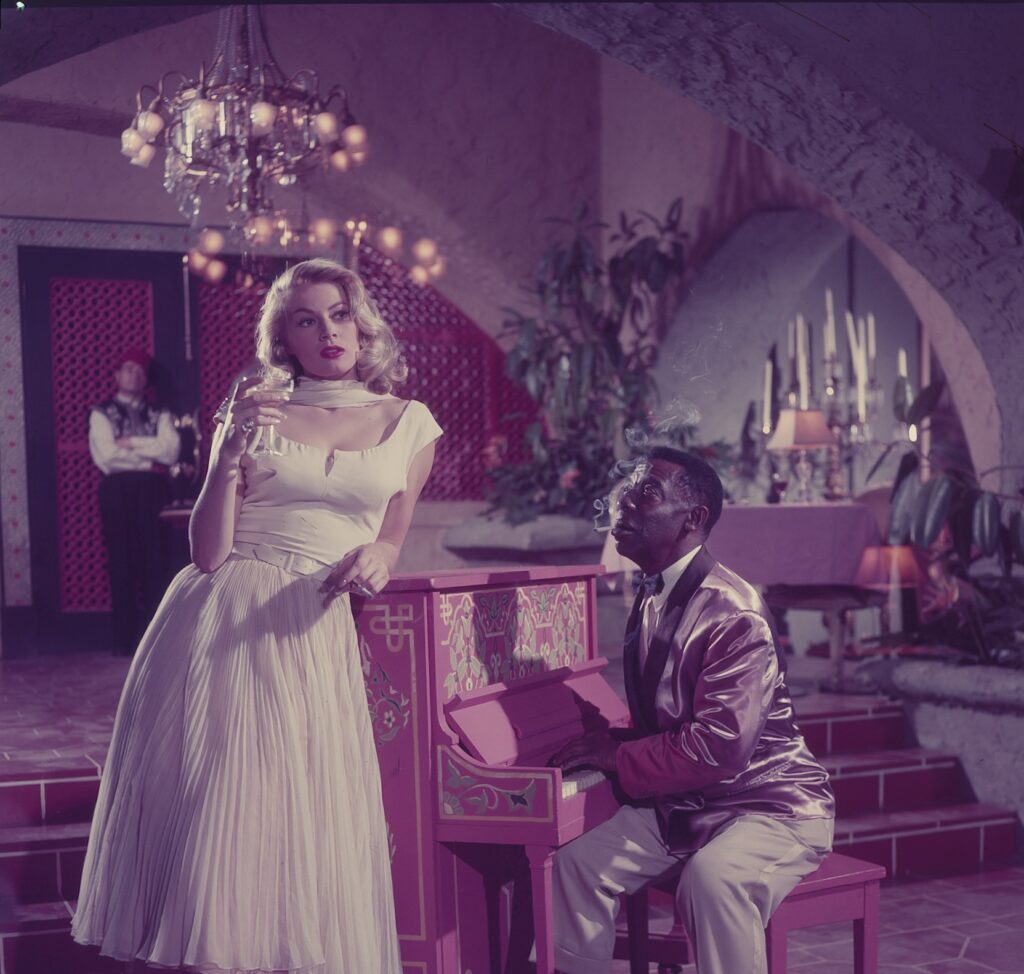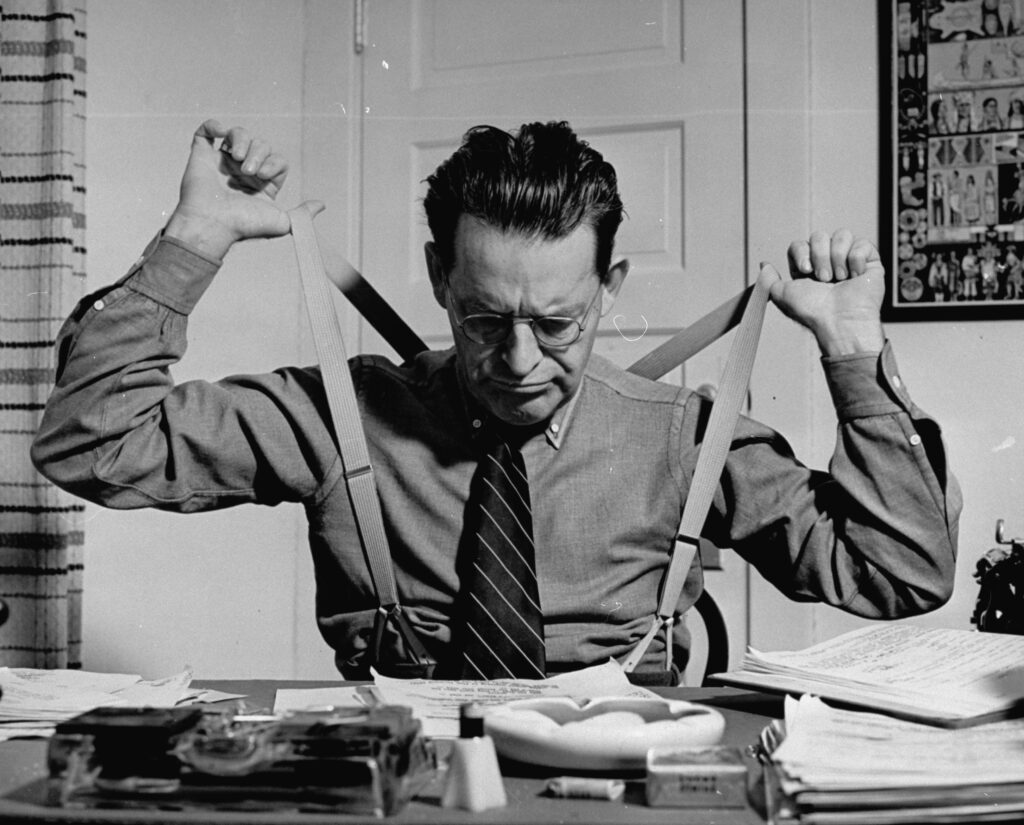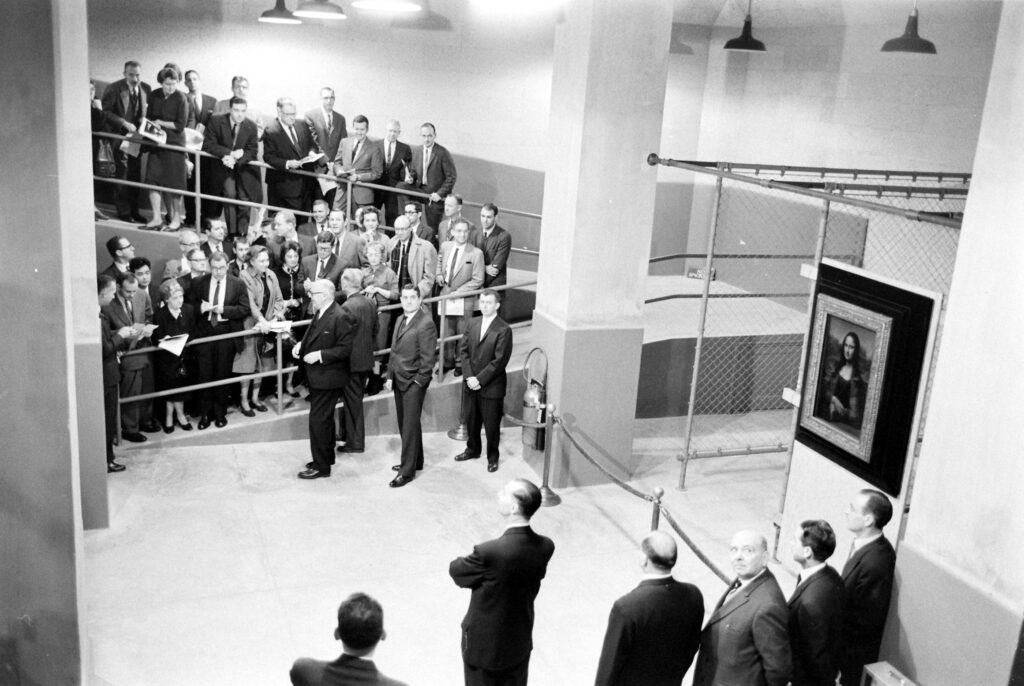If there were a competition for saddest Disney movie, Bambi would be tough to beat. The 1942 animated film about a fawn whose mother is shot down by a deer hunter is, for unassuming tots, a brutal introduction to the hard knocks of life, its edges softened only by the cuteness of its woodland creatures and plucky orchestral soundtrack.
Bambi, like many of Disney’s disadvantaged heroes and heroines, ultimately perseveres to make a family of his own. In the spirit of persevering deer everywhere, here is a collection of LIFE Magazine’s most peaceful fawns, does, stags and bucks.
Liz Ronk edited this gallery for LIFE.com. Follow her on Twitter @lizabethronk.

November 8, 1954 cover of LIFE magazine
Gjon Mili The LIFE Picture Collection/Shutterstock

Tourists fed deer in the Redwood Forest, 1945.
Nina Leen The LIFE Picture Collection/Shutterstock

Mother and baby deer, 1946.
Dmitri Kessel The LIFE Picture Collection/Shutterstock

Actor Claude Jarman Jr. held a baby deer for a scene in the movie “The Yearling,” 1947.
Walter SandersThe LIFE Picture Collection/Shutterstock

A tule elk and key deer photographed circa 1940s.
Nina Leen The LIFE Picture Collection/Shutterstock

Bucky the deer enjoyed life as a house pet, 1948.
Jon Brenneis The LIFE Images Collection/Shutterstock

A 15-month-old pet deer named Bucky lies next to a small kitten, 1948.
Jon Brenneis The LIFE Images Collection/Shutterstock

Two men fed deer on the 1,000 acre park at Knole, the ancestral estate of Lord & Lady Sackville in England, 1949.
Mark Kauffman The LIFE Picture Collection/Shutterstock

A deer stood in a wooded stream, with its reflection in the water, 1952.
Ralph Crane The LIFE Picture Collection/Shutterstock

Italian actress Pier Angeli posed with a deer, 1954.
Allan Grant The LIFE Picture Collection/Shutterstock

Italian actress Pier Angeli with a deer, 1954.
Allan Grant The LIFE Picture Collection/Shutterstock

A deer cooled his heels along the Oregon seashore, 1960.
Dmitri Kessel/The LIFE Picture Collection © Meredith Corporation

Rainbow trout rested in tributary of the Madison River while a fawn drank at water’s edge; the photo was taken by camera placed inside partially submerged glass enclosure, 1961.
George Silk The LIFE Picture Collection/Shutterstock

Father and son fed a wild deer in Yosemite National Park, 1962.
Ralph Crane The LIFE Picture Collection/Shutterstock

A young boy played with a fawn and deer at a petting zoo, 1962.
Leonard McCombe The LIFE Picture Collection/Shutterstock

Animal rescuer John Walsh held onto a deer which he rescued out of the flood waters in Suriname, 1964.
Stan Wayman The LIFE Picture Collection/Shutterstock

A deer with large antlers stood silhouetted against the sky, 1966.
Stan Wayman The LIFE Picture Collection/Shutterstock

A park ranger held a deer rescued from flooded section of the Everglades, 1966.
Lynn Pelham The LIFE Picture Collection/Shutterstock

Deer on Gardiners Island, 1966.
Alfred Eisenstaedt The LIFE Picture Collection/Shutterstock

A white-tailed deer drank from the banks of Cheat River, 1967.
John Dominis The LIFE Picture Collection/Shutterstock









































































































